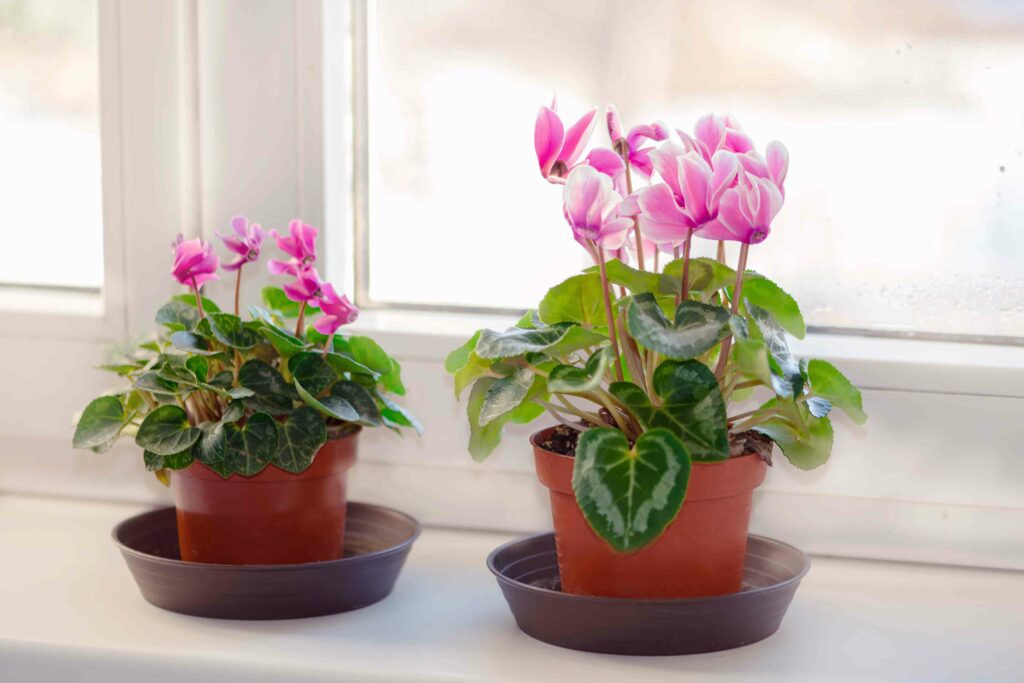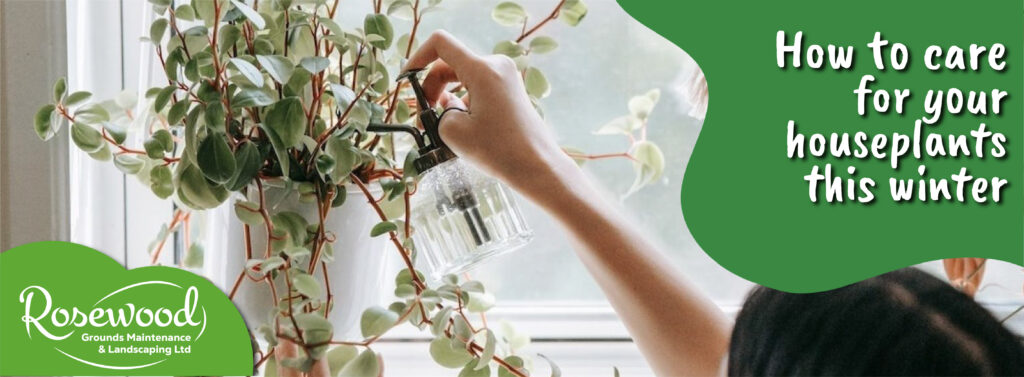
As we head towards the end of the year, our gardens won’t be getting much attention due to the good old British weather! If you have houseplants to look after, they will be slowing down and preparing for the winter months ahead. Let’s take a look at what you can do to help them get ready for a well-needed rest.
Ease up on the watering
Your houseplants will be growing more slowly, which means they need less water. You won’t need to water as frequently as in the summer months. Only water your plants when the soil feels dry to a depth of two inches. This might be once a fortnight or so.
Watch out for plants sitting in water. If you’re using pot covers (decorative clay or metal pots that hide the plastic pots the plants are growing in), revisit your plants 10 minutes after watering and tip away any excess.
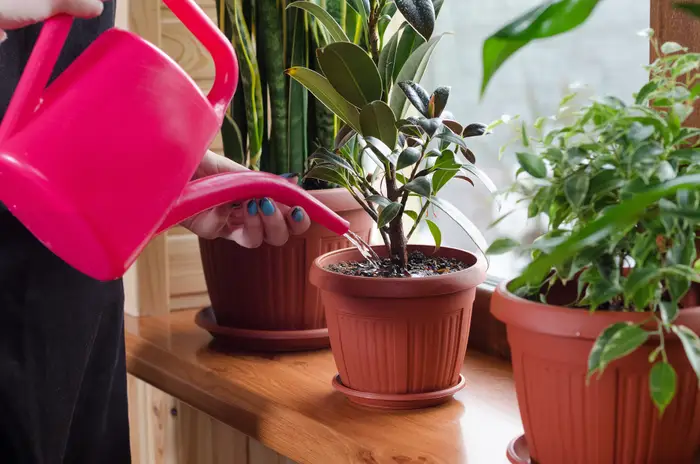
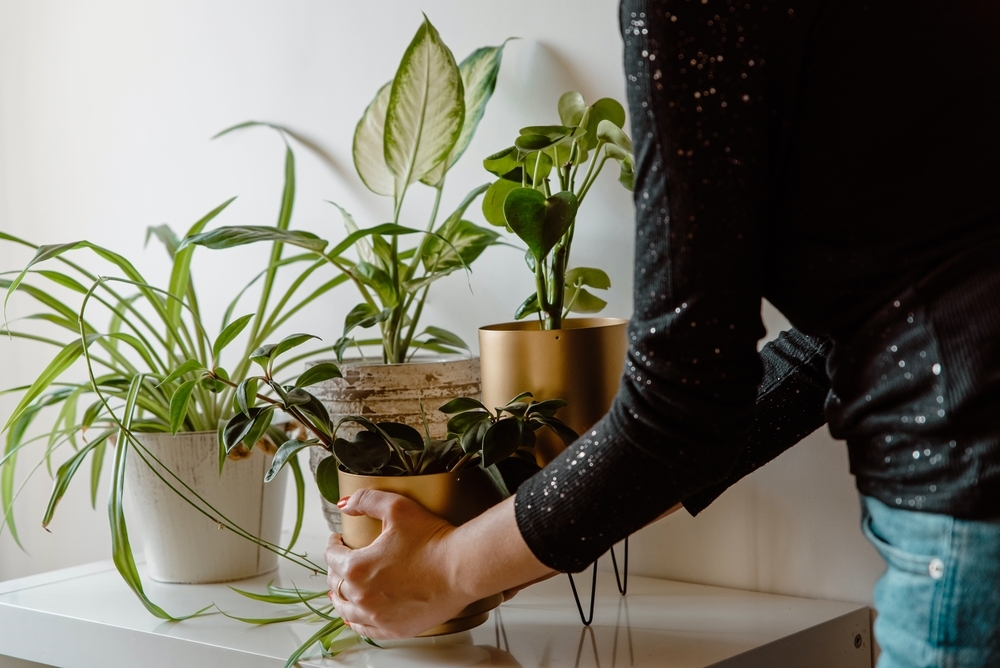
Help them get more sunlight
The sun shines less in the autumn months, which means there’s less available sunlight for your houseplants. You can easily help with by moving them a bit closer to a window! You won’t need to worry about the midday sun burning your plants at this time of year.
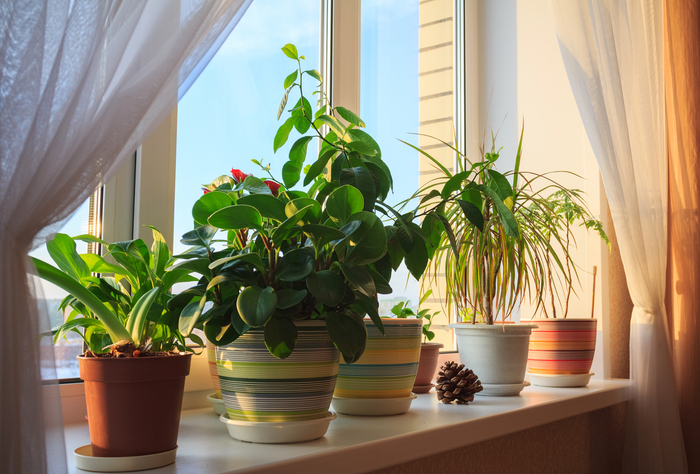
Look out for draughty spots
If your home has draughty doors or windows, try to move your plants away from them. They don’t enjoy cold autumn winds! Houseplants are very happy somewhere with a consistent temperature. If it’s warm enough for you, it’s warm enough for them.
Only repot if you really need to
Your plants are preparing to go dormant and stop growing for winter, so leaving any repotting until the warmer spring months is essential. When they’re not growing, it’s harder for plants to establish new roots, so essentially- they’ll be very upset if put in this situation!
Looking for some beautiful winter houseplants?
As the nights draw in, bringing colour and variety into our homes can help when we’re not able to get out into our gardens. Here are some of our favourites;
With possibly the best scent of any houseplant, jasmine (Jasminum polyanthum) is an old favourite. Delicate pink buds open to white, star-shaped flowers. It’s a climbing plant, with several hardy relatives that are often grown outdoors in gardens. If you live in a mild area, and have a warm, south-facing wall, try planting it in your garden after it has finished flowering.
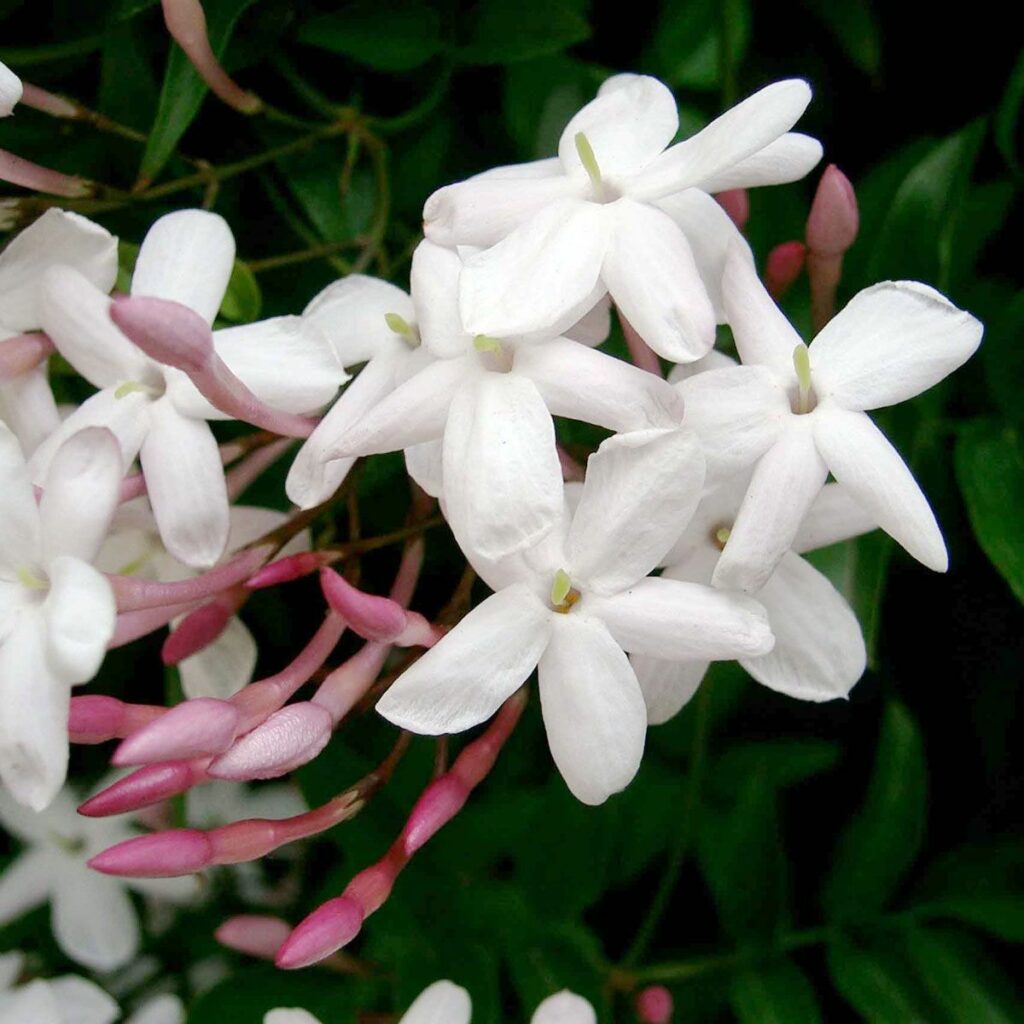
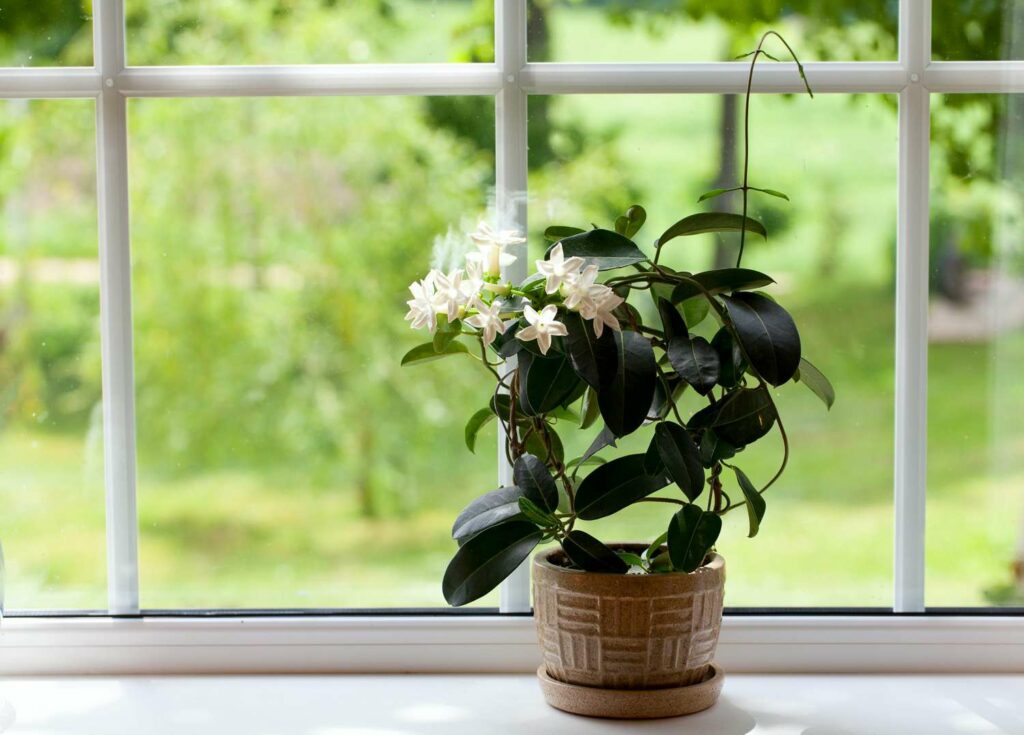
Also known as amaryllis, Hippeastrum are some of the most dramatic flowering plants you can grow indoors. With their huge blooms in tones of pink, red, green or white, they’re a popular Christmas gift. Bear in mind that they’re bulbs, so will naturally die back over the summer and begin re-growing again in autumn.
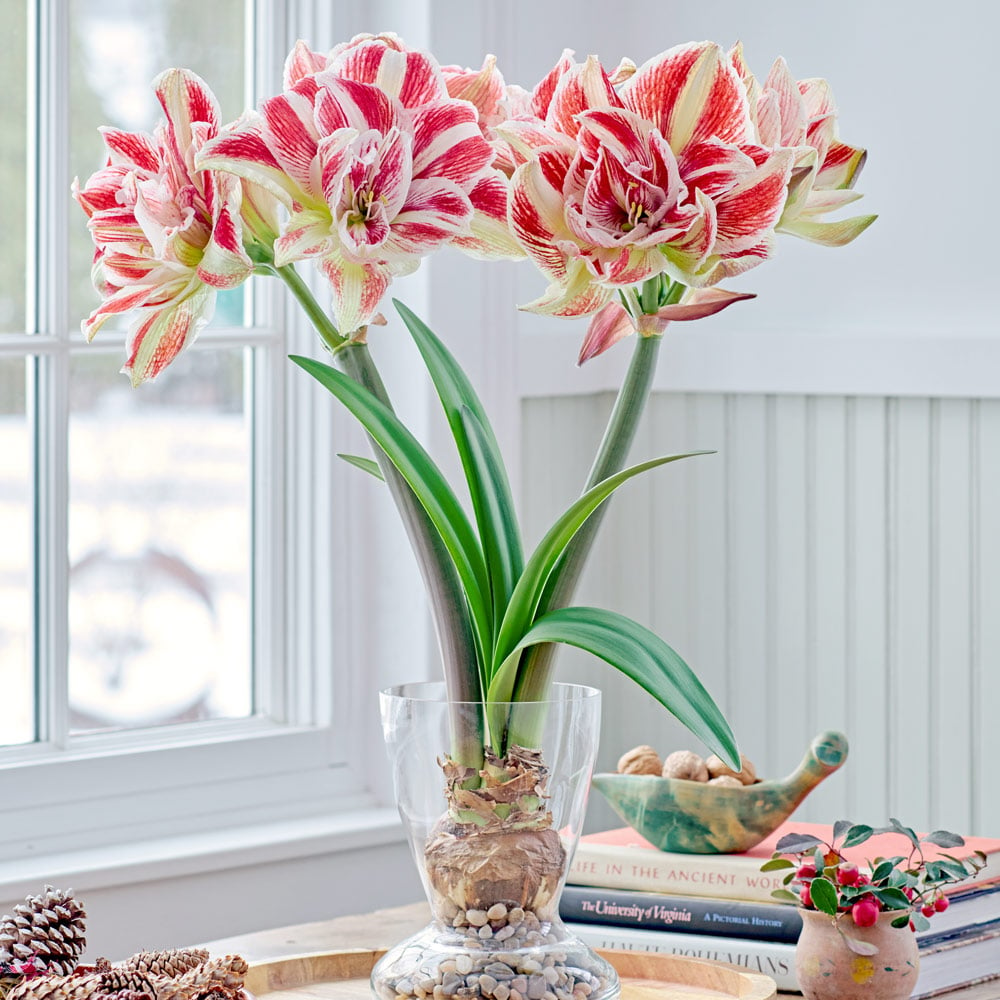
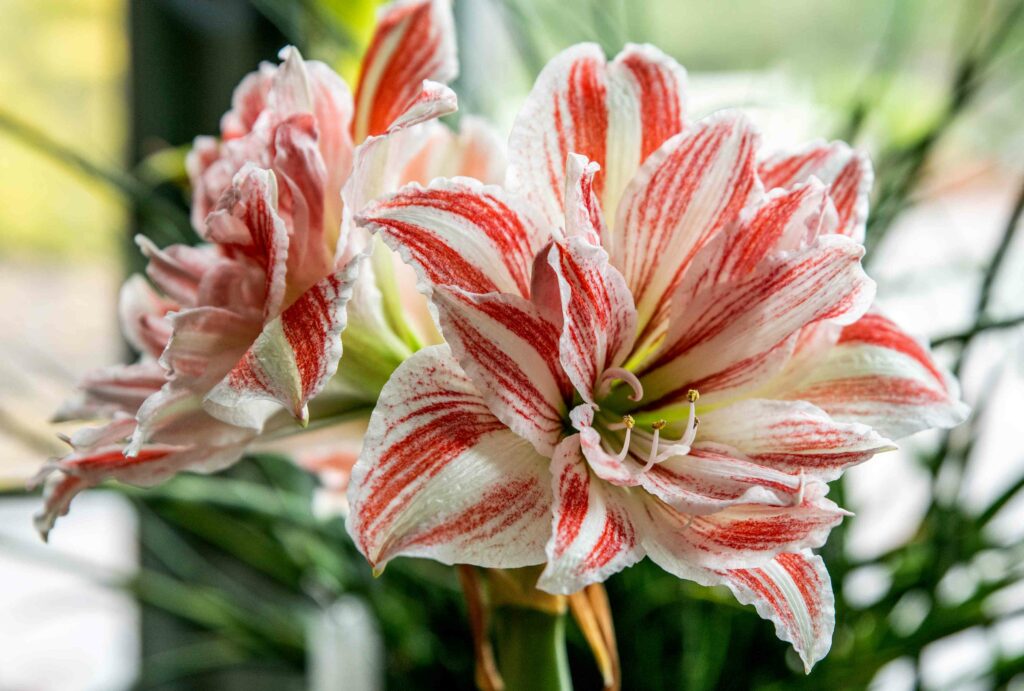
Another traditional favourite, indoor cyclamen (cultivars of Cyclamen persicum) come in a huge range of colours. Some even have attractively fringed petals too. Always water them from the base and be careful not to overwater them as they can be prone to rot. You can keep them going from year to year; just make sure you give them a dry resting period over the summer before re-starting watering in early autumn.
